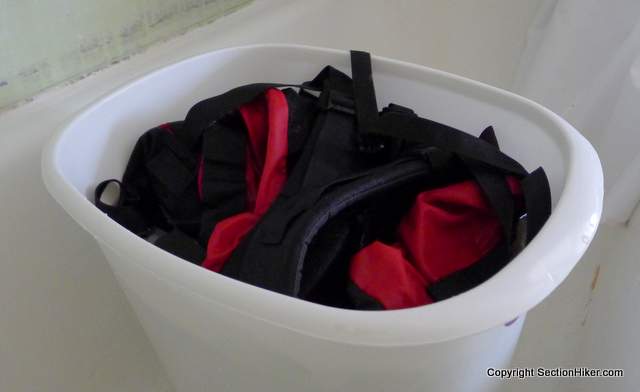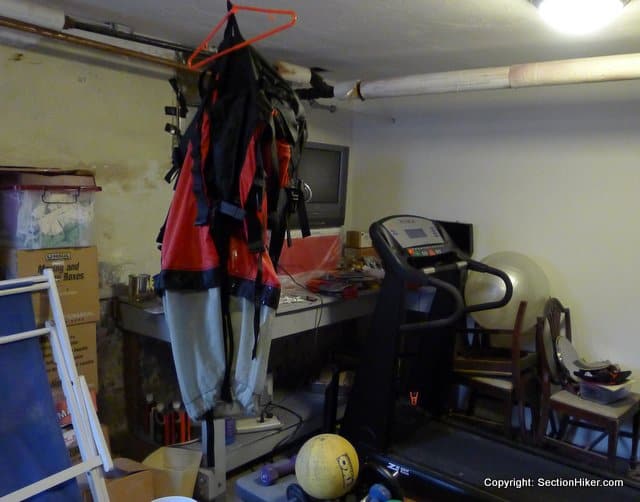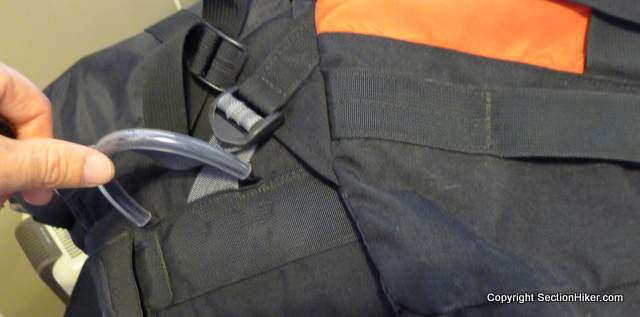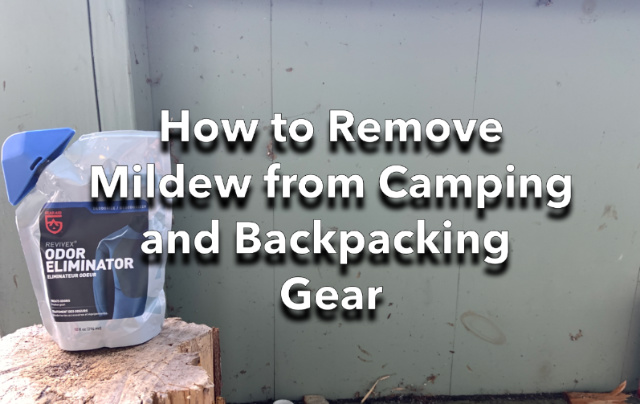Mildew destroys camping and backpacking gear so it’s important that you remove it with Gear Aid Revivex Odor Eliminator when it forms on your gear. Besides imparting a musty smell, mildew breaks down the materials in backpacks, tents, sleeping bags, tarps, and other camping and backpacking gear, weakening them and making them more prone to rips and holes. You’ve probably spent some serious money buying this gear so it pays to maintain it.
You can prevent mildew by hanging up your tent, tent footprint, sleeping bag, etc. to dry after every trip. But mildew can also grow on gear that is stored in a damp place like your garage or basement, so you need to inspect your gear periodically to make sure you don’t have a problem.

Signs of Mildew
Mildew manifests itself as white or dark spots and can occur on all fabric types ranging from canvas and pack cloth to polyester and nylon. If you do nothing to treat mildew, it will eventually digest the clothing or gear it’s growing on and ruin it. As mildew spreads, it can also leave a stain on your gear and clothing which can be difficult to remove.

Step 1: Stop Mildew from Spreading
In order to salvage mildewed gear, the first step is to stop the mildew from growing further. Move the gear to a dry location and expose it to sunlight. This will retard the spread of the mildew until you can get around to killing it and removing it permanently. Be careful not to expose the affected items too long to bright sunlight because the UV can also degrade or bleach colored fabric over time.
Step 2: Kill the Mildew Dead
When you’re ready to get rid of the mildew that is left on your gear, your best bet is to use an enzyme cleaner like Gear Aid Revivex Odor Eliminator (formerly called Mirazyme) which will kill the mildew, clean the item, and eliminate the mildew smell. Odor Eliminator contains enzymes and microbes that kill mildew and eliminate odors. It’s also commonly used on wet suits, Gore-tex dry suits, and sandals to remove bad smells and funk.
Directions
1. To use Odor Eliminator, fill your bathtub or a plastic container with water and add one capful per 20 gallons of water. Keep the water lukewarm – not too hot and not too cold. You can also spray it on – see the product’s directions.
2. Dip the mildewed item in the diluted solution and let it soak for 15 minutes. For backpacks, open all of the zippers and compartments so they get soaked. The same with sleeping bags, bivy sacks, tent bodies, technical jackets, sweaters, etc.
You can also add it to the final rinse in a washing machine through the fabric dispenser, but dipping is preferable because the agitation is likely to tear delicate items or ones with lots of straps. Dunk the item a few times to make sure that all the trapped air escapes and that all of its surfaces get wet.

3. Soak in the diluted solution for 15 minutes.

4. Remove the item and drip dry. DO NOT RINSE!

Results
Killing the mildew is an astonishingly simple process and one which often eliminates the mildew permanently. A little Gear Aid Revivex Odor Eliminator goes a long way because it comes in a highly concentrated form, so one bottle lasts a long time.
| Shop at REI | Shop at Amazon |
SectionHiker is reader-supported. We only make money if you purchase a product through our affiliate links. Help us continue to test and write unsponsored and independent gear reviews, beginner FAQs, and free hiking guides.
 SectionHiker.com Backpacking Gear Reviews and FAQs
SectionHiker.com Backpacking Gear Reviews and FAQs 
Got to be the laziest, useful post of all time
Judging by the times it was shared on social media, I’d say it was a very useful article that many people found very helpful.
Phil-
Can you write an article about caring for gear after (or before) a season of use. I contacted some big names for resources and was going to write an article, in hopes it would be published on your blog, but I think you are a better writer. I also wanted to make a timeline for my self, so I knew when it was time to treat/clean my puffies, and prepare my summer gear. Yes, we spend too much on this gear, and I was never the ‘disposal-American’. Thank you.
Great suggestion. I started doing something along those lines this autumn, but can expand it.
https://sectionhiker.com/10-backpacking-gear-maintenance-tasks-for-november/
https://sectionhiker.com/10-backpacking-gear-maintenance-tasks-december/